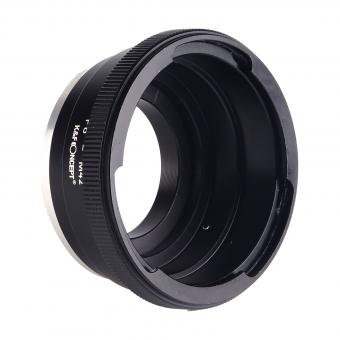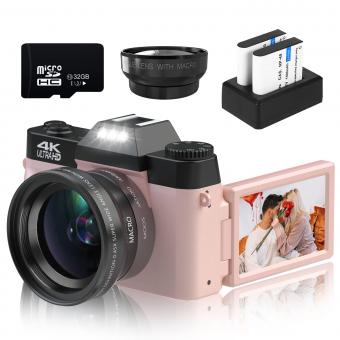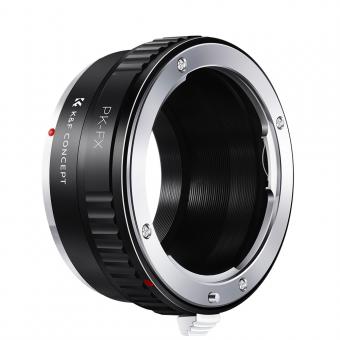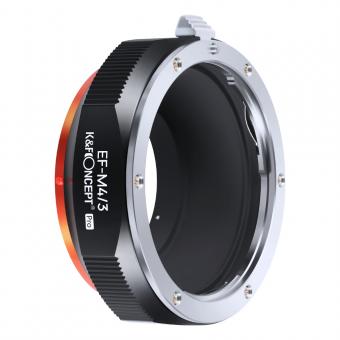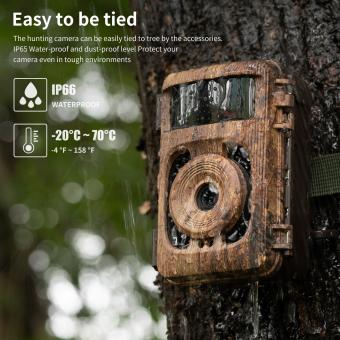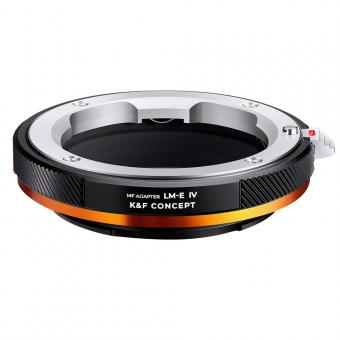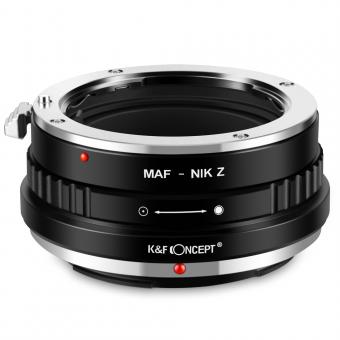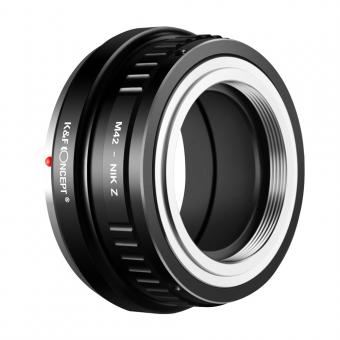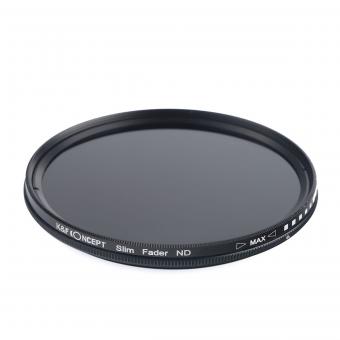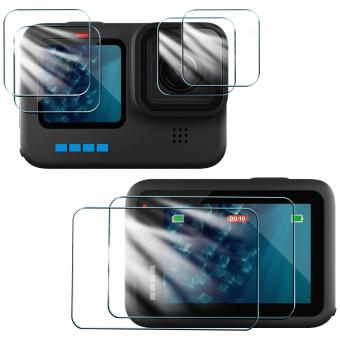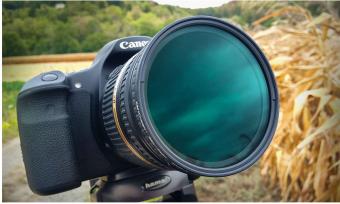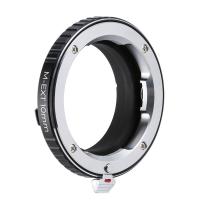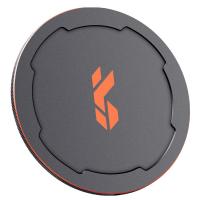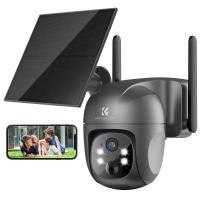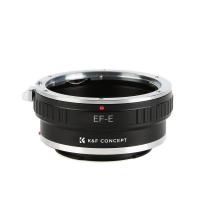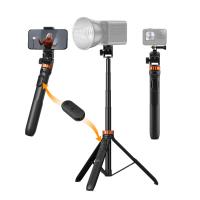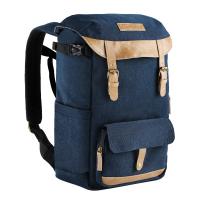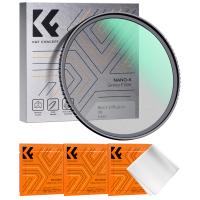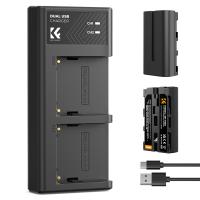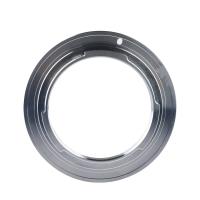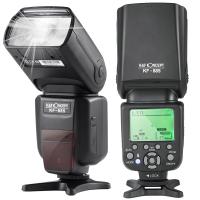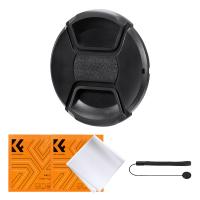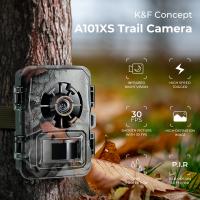What Camera Lens Do I Need?
Choosing the Right Camera Lens: A Comprehensive Guide
When it comes to photography, the camera body often gets a lot of attention, but the lens is equally, if not more, important. The right lens can make a significant difference in the quality of your photos, the types of shots you can take, and your overall photography experience. However, with so many options available, selecting the right lens can be overwhelming. This article aims to demystify the process and help you choose the perfect lens for your needs.
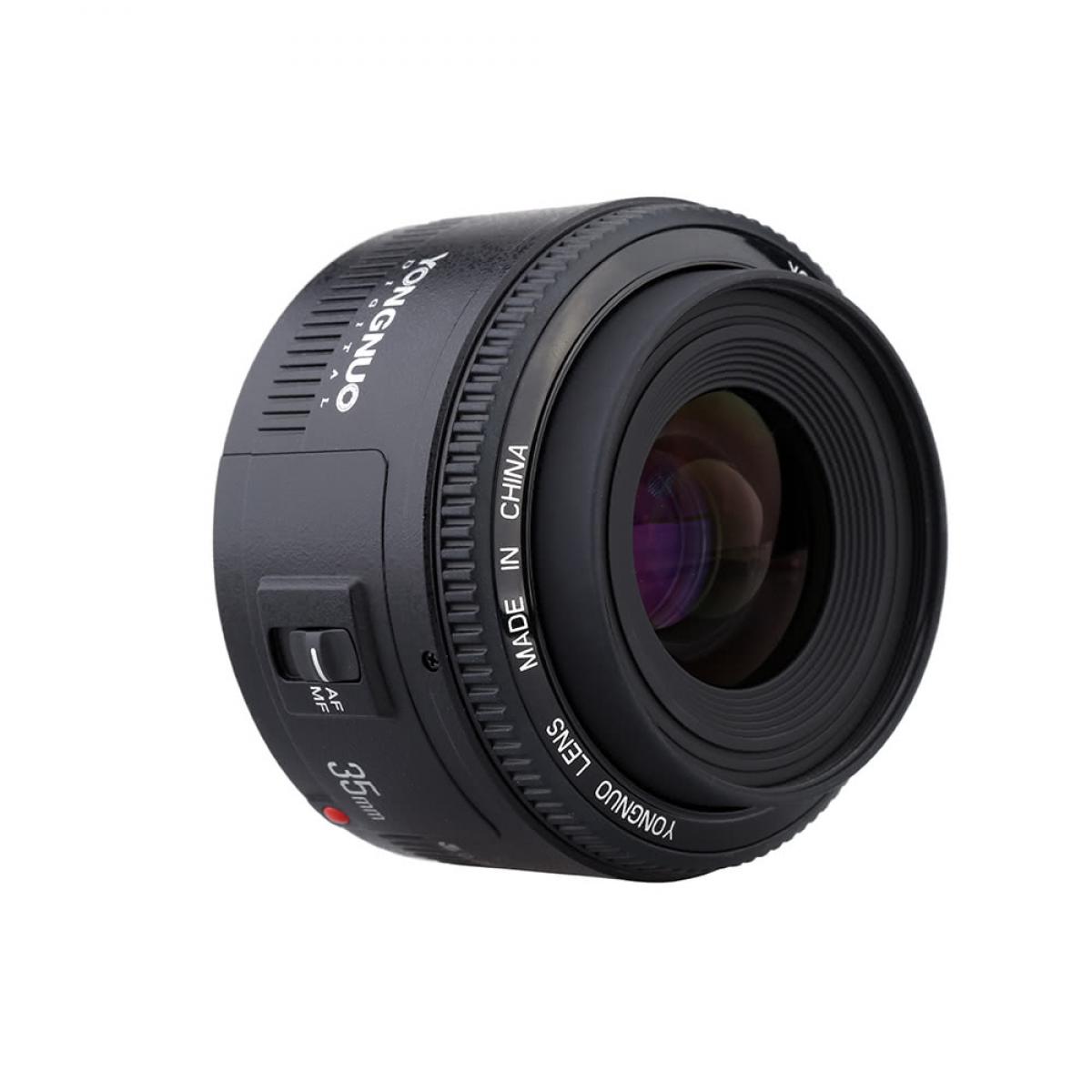
Understanding Lens Basics
Before diving into specific types of lenses, it's essential to understand some basic terminology and concepts:
1. Focal Length: Measured in millimeters (mm), the focal length determines the lens's field of view and magnification. Shorter focal lengths (e.g., 18mm) offer a wider field of view, while longer focal lengths (e.g., 200mm) provide greater magnification and a narrower field of view.
2. Aperture: Represented by f-numbers (e.g., f/2.8, f/5.6), the aperture controls the amount of light entering the lens. A lower f-number means a larger aperture, allowing more light and creating a shallower depth of field, which is ideal for portraits and low-light conditions.
3. Prime vs. Zoom Lenses: Prime lenses have a fixed focal length, offering superior image quality and larger apertures. Zoom lenses have variable focal lengths, providing versatility and convenience.
Types of Lenses and Their Uses
1. Standard Lenses (35mm to 70mm)
Best For: Everyday photography, portraits, street photography
Standard lenses closely mimic the human eye's field of view, making them versatile and easy to use. They are ideal for capturing natural-looking images and are often the go-to choice for beginners.
Popular Choices:
- 50mm f/1.8: Known as the "nifty fifty," this lens is affordable, lightweight, and excellent for portraits and low-light photography.
- 35mm f/1.4: Offers a slightly wider field of view, making it great for street photography and environmental portraits.
2. Wide-Angle Lenses (10mm to 35mm)
Best For: Landscapes, architecture, interior photography
Wide-angle lenses capture a broader scene, making them perfect for landscapes and architectural shots. They can also be used creatively for dramatic perspectives and unique compositions.
Popular Choices:
- 24mm f/2.8: A versatile wide-angle lens suitable for landscapes and street photography.
- 16-35mm f/4: A zoom lens offering flexibility for various wide-angle shots.
3. Telephoto Lenses (70mm to 300mm and beyond)
Best For: Wildlife, sports, portrait photography
Telephoto lenses allow you to capture distant subjects with clarity and detail. They are essential for wildlife and sports photography, where getting close to the subject is often not possible.
Popular Choices:
- 70-200mm f/2.8: A versatile telephoto zoom lens ideal for sports, wildlife, and portrait photography.
- 300mm f/4: A prime telephoto lens offering excellent reach and image quality.
4. Macro Lenses
Best For: Close-up photography, nature, product photography
Macro lenses are designed for extreme close-ups, allowing you to capture intricate details of small subjects like insects, flowers, and products. They offer a 1:1 magnification ratio, meaning the subject appears life-size on the camera sensor.
Popular Choices:
- 100mm f/2.8 Macro: A popular choice for macro photography, offering excellent sharpness and detail.
- 60mm f/2.8 Macro: A shorter focal length macro lens suitable for close-up shots with a wider field of view.
5. Specialty Lenses
Best For: Creative photography, specific applications
Specialty lenses include fisheye lenses, tilt-shift lenses, and super-telephoto lenses. These lenses are designed for specific creative effects or professional applications.
Popular Choices:
- 8mm Fisheye: Creates a circular, distorted image for unique, creative shots.
- 24mm Tilt-Shift: Used for architectural photography to correct perspective distortion.
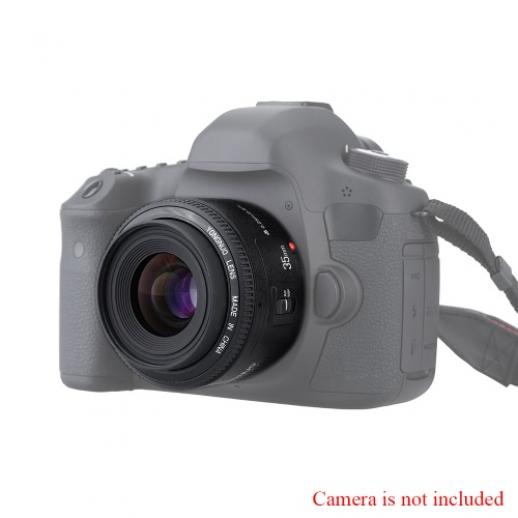
Factors to Consider When Choosing a Lens
1. Purpose and Subject Matter
Consider what you primarily want to photograph. If you're into landscape photography, a wide-angle lens is essential. For portraits, a standard or telephoto lens with a large aperture is ideal. Wildlife photographers will benefit from a telephoto lens with a long focal length.
2. Budget
Lenses can range from affordable to extremely expensive. Determine your budget and look for lenses that offer the best value for your money. Remember that investing in a good lens can significantly improve your photography.
3. Compatibility
Ensure the lens is compatible with your camera body. Different camera brands have different lens mounts, so check if the lens you want is available for your camera system.
4. Portability
Consider the size and weight of the lens, especially if you plan to carry it around for extended periods. Prime lenses are generally lighter and more compact than zoom lenses.
5. Image Quality
Research and read reviews to understand the image quality of the lens. Look for lenses with good sharpness, minimal distortion, and excellent build quality.
Practical Tips for Lens Selection
1. Start with a Kit Lens: If you're a beginner, start with the kit lens that comes with your camera. It offers a good range of focal lengths and is a great way to learn the basics.
2. Rent Before You Buy: If you're unsure about a lens, consider renting it first. This allows you to test it out and see if it meets your needs without committing to a purchase.
3. Consider Used Lenses: Buying used lenses can save you money. Ensure you buy from reputable sellers and check the lens for any damage or issues.
4. Invest in Quality: While it might be tempting to go for cheaper options, investing in a high-quality lens can make a significant difference in your photography. Good lenses often retain their value and can be used for many years.
5. Think About Future Needs: Consider your future photography goals. If you plan to explore different types of photography, choose lenses that offer versatility and can grow with you.
Choosing the right camera lens is a crucial step in your photography journey. By understanding the different types of lenses and their uses, considering your specific needs and budget, and doing thorough research, you can find the perfect lens to enhance your photography skills. Whether you're capturing stunning landscapes, intimate portraits, or fast-paced sports action, the right lens will help you achieve your creative vision and take your photography to the next level.

